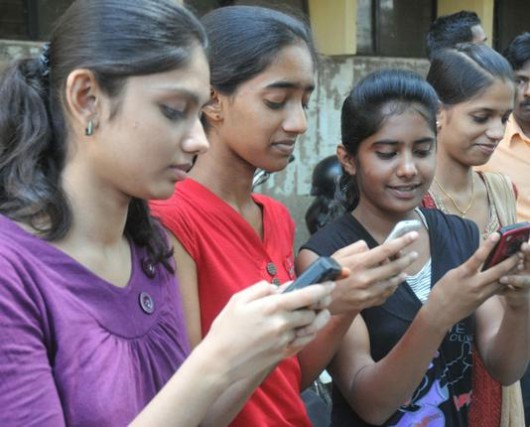Smartphones Affect Education Gaps in Rural Pakistan

Throughout rural Pakistan, many teachers don’t have access to quality educational training for a variety of reasons, including cost, distance and family commitments.
Online distance learning could easily fill-in these educational gaps, but limited Internet coverage has proven to be a stumbling block for educators and students alike.
Developments in Literacy (DIL), a nonprofit founded by Pakistani-Americans in order to bring quality education to disadvantaged children in underdeveloped regions, has created a revolutionary solution to end this problem.
Funded by USAID, DIL created a mobile distance learning program known as mLearning. The parameters of the program were straightforward. Teachers were each given a smartphone with video lessons loaded onto them, giving teachers unlimited access to the material.
Once a month, teachers would meet at one of the 23 WiFi hubs DIL established throughout the nations to download more training videos. The 8- to 10-minute videos cover a variety of techniques to engage and inspire students to love learning, especially math and English.
Although the program’s focus is on bettering the understanding of school subjects and the teaching ability of rural educators, the end-game is to inspire children to stay in school. The goal is to have smartphones affect education gaps in rural Pakistan.

The average number of years that Pakistani children stay in school is only eight years, with most dropping out before age 16. This low level of academic participation has capped the Pakistani literacy rate at 57 percent, with only 45 percent literacy for women.
Because of this, mLearning is aimed at improving the education and opportunities of poor children and at-risk rural girls through better teacher training and learning resources.
During the course of the initial mLearning program, 200 teachers were given smartphones and completed the program from January 2013 to November 2014. Currently, more than 5,000 children benefit from being taught by teachers who have participated in mLearning.
Since the end of mLearning, the educational aid videos have been shared with 40 schools not affiliated with DIL, and countless teachers have shared the videos personally from their smartphones.
That’s the real brilliance behind mLearning using smartphones as its method of delivery. Since DIL owns the majority of the content, teachers are able to share the videos freely.
mLearning’s results thus far have been impressive. Across the board, teachers reported a 30 percent increase in their English skills and a 40 percent increase in their comprehension of mathematics. As the mLearning videos continue to be spread around, DIL is looking to expand the program.
– Claire Colby
Sources: USAID, World Factbook
Photo: USAID
Photo: The Hindu.Com
